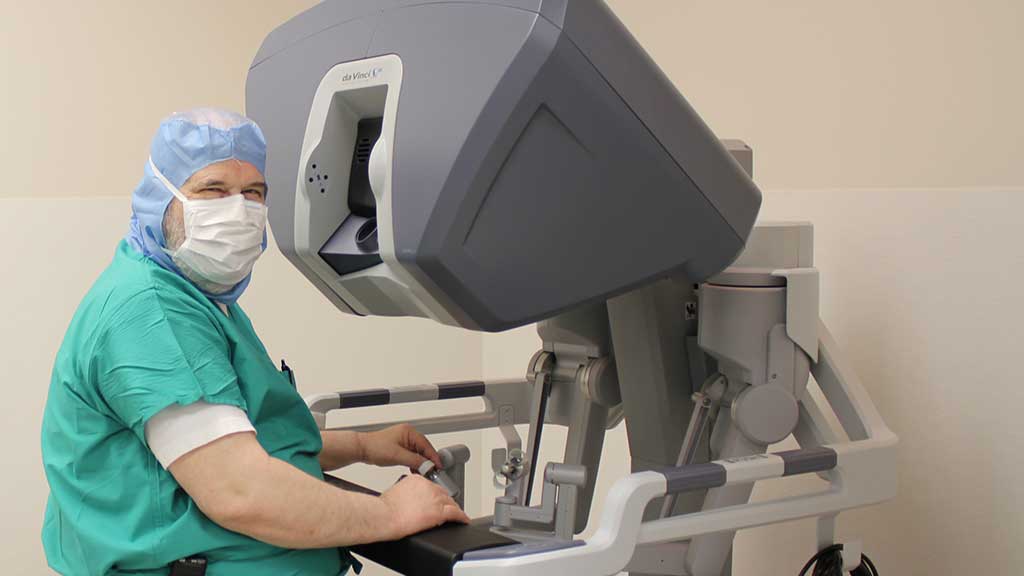
A number of women reading this right now might have polycystic ovaries and/or endometriosis. Polycystic ovaries are present in about 14 percent of otherwise healthy women and full-blown polycystic ovarian disease, or PCOD, afflicts approximately 6 percent of women. While many women who have PCOD do not exhibit any of the common symptoms, frequent indicators of PCOD may include amenorrhea (which is the absence of a menstrual period), obesity, facial hair (also called hirsuitism), and high blood pressure. PCOD is also associated with infertility and/or miscarriage. Women who have PCOD have ovaries that function abnormally and have irregular ovulation. Having polycystic ovaries puts women at risk for infertility, abnormal cholesterol levels, diabetes, high blood pressure, cardiovascular disease, thrombosis, and cancers including endometrial, ovarian and breast cancers. Women with PCOD also frequently have the signs of increased androgen levels, which are the male hormones in women. A physician can suspect PCOD if a woman exhibits these signs, which include facial hair, acne, and male-pattern baldness. PCOD puts women at risk for such things as infertility, cardiovascular disease, diabetes and even cancer. Yet, most women with PCOD receive inadequate treatment.
Therefore, all women with polycystic ovaries should be properly evaluated and treated. NaProTechnology aids women and physicians in identifying and treating polycystic ovarian disease, or PCOD. It uses a woman’s Creighton Model charts, which record various biological markers of her fertility and menstrual cycles. This information telegraphs abnormalities, such as long and irregular menstrual cycles which all women with PCOD have. NaProTechnology uses women’s Creighton model charts as the key for identifying and diagnosing PCOD. NaProTechnology treatment protocol seeks to establish normal hormone levels by using surgery to reduce the size of the ovary. NaProTechnology combines this surgery, called an ovarian wedge resection, with techniques that prevent scar tissue (called pelvic adhesions) and with hormone management.